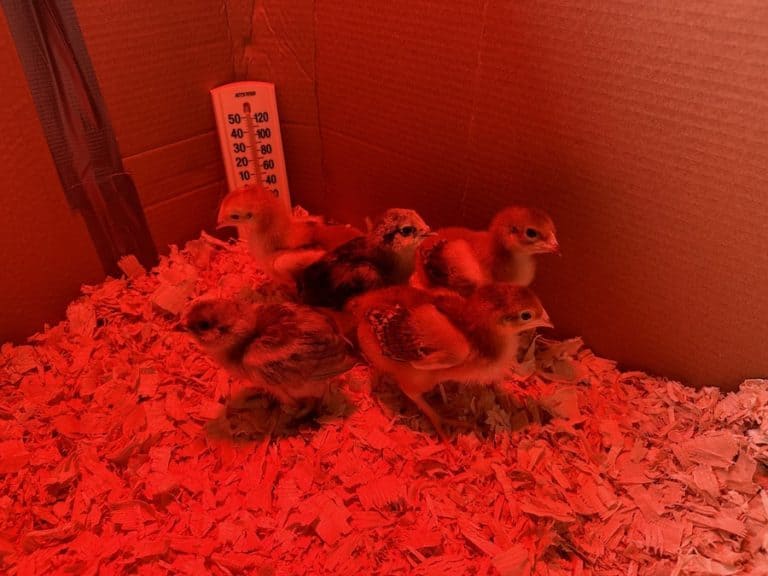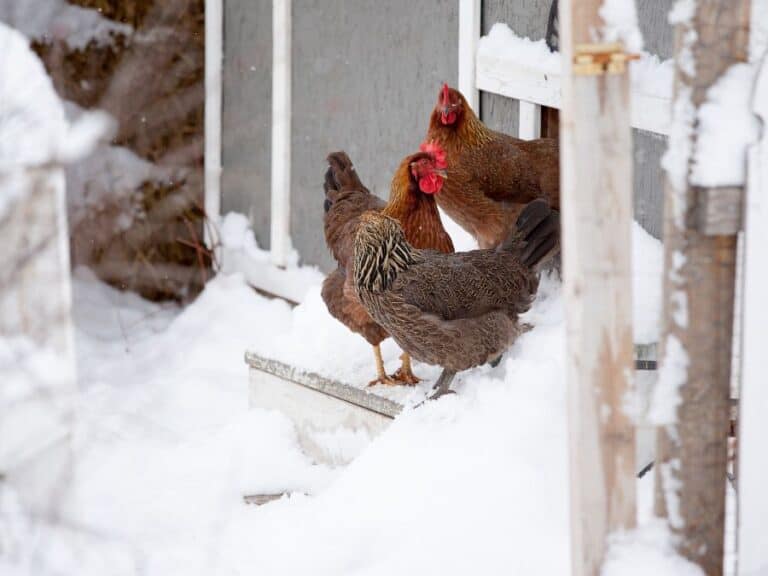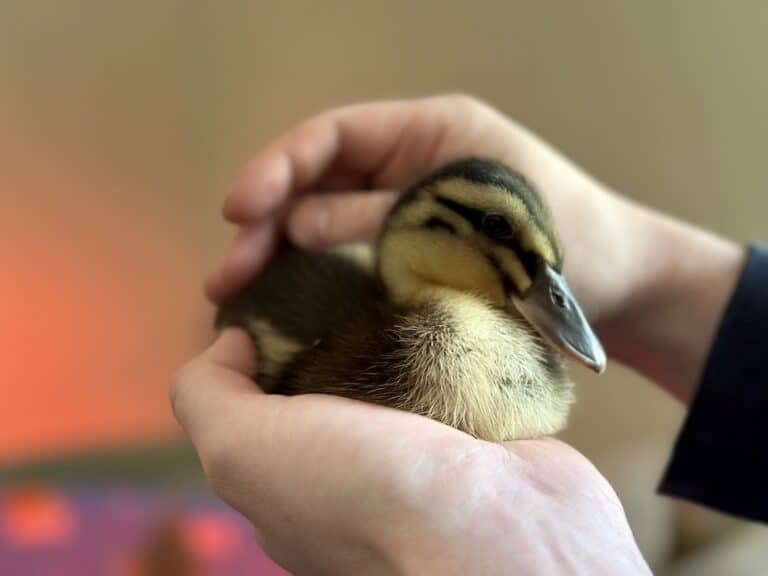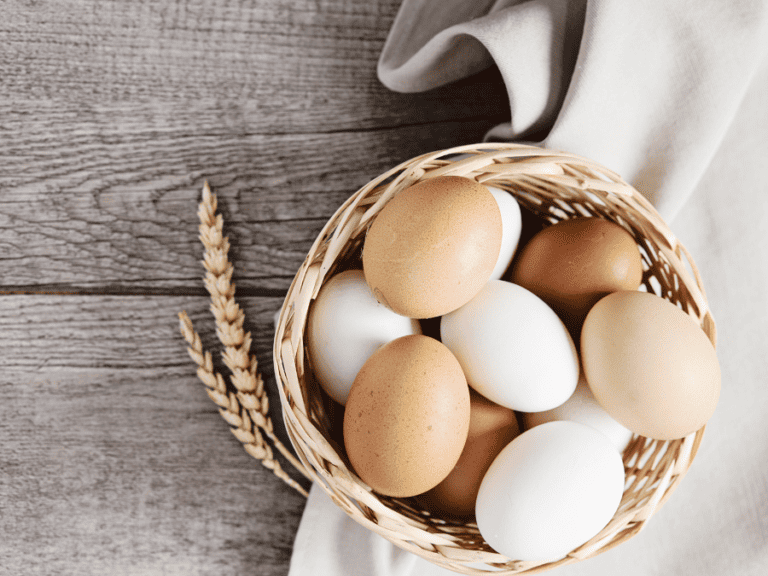How Often Should You Hold Baby Chicks? + How To Hold Them
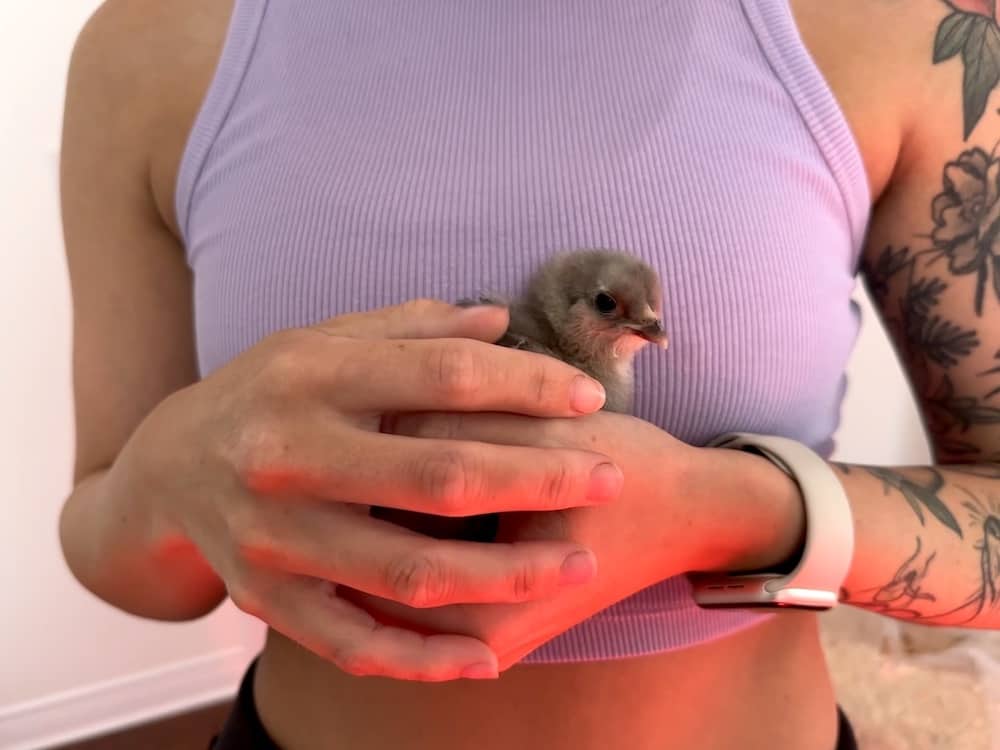
Holding your chicks can establish a special bond between you and them. From the warmth of your body, they will feel safe and secure in your presence. Not only that, but regular holding sessions will make it easier for you to monitor their health as they develop. Plus, you’ll be rewarded with friendly and sociable hens down the road. So go ahead and embrace this opportunity to nurture your chicks and create a lasting bond between you and your feathered friends.
How Often Should You Hold Baby Chicks? You should hold chicks a few times a day for short periods at a time rather than one long session. The reason is that the longer they are away from the heat lamp, they could get cold or catch a draft, which can lead to distress and lethargy.
In this article, we will discuss the proper way to handle chicks, including when and how to hold them and whether or not children should be allowed to hold them.
Disclaimer: This article includes affiliate links. If you click one of them, we may receive a small percentage of the sale at no extra cost to you. Thank you for your support!
Table Of Contents
- How Often Should You Hold Baby Chicks?
- How Long Should You Wait To Start Holding Baby Chicks?
- Can Children Hold Baby Chicks?
- How To Hold Baby Chicks
How Often Should You Hold Baby Chicks?
Bonding with baby chicks is an excellent way to create a connection with them, and spending more time with them as they grow can lead to friendlier adult hens. Although you can hold them several times a day, it’s important to keep in mind that during the first few weeks, high temperatures are crucial for their warmth. Therefore, time spent outside of the brooder should be limited or in shorter sessions to avoid any chance of them getting cold.
Growing chicks require a controlled temperature, as they are unable to regulate their own body temperature until their feathers grow in. This is why you should hold your chickens for multiple short sessions per day rather than one long session, as it reduces the likeliness of your chicks getting too cold. The longer they are away from a heat source such as a heating plate or heat lamp, your chicks may become stressed, chilly and even ill.
For reference, here is a breakdown of the needed temperatures within the brooder based on how many weeks old your chicks are to give you an idea of the temperatures baby chicks require.
0-1 Week Old: 90 to 95°F (32 to 35°C)
1-2 Weeks Old: 85 to 90°F (29 to 32°C)
2-3 Weeks Old: 80 to 85°F (26 to 29°C)
3-4 Weeks Old: 75 to 80°F (23 to 26°C)
4-5 Weeks Old: 70 to 75°F (21 to 23°C)
5-6 Weeks Old: Above 65°F (18°C). You might not need a heat lamp at this stage unless it’s cold outside. Then, continue using the brooder until all their feathers are in.
To learn more about heat sources within the brooder, check out our article “Do Baby Chicks Always Need A Heat Lamp?”
How Long Should You Wait To Start Holding Baby Chicks
If you’re hatching baby chicks, it’s best to wait for 1-3 days before handling them unless you need to move them from the incubator to the brooder. This is because newly hatched chicks are delicate, weak, and exhausted after the hatching process. They need to rest and recover from their exertions.
If you are picking up chicks from a local farmer or hatchery, you should also give your new chicks a few days to adjust to their new home before you begin regularly handling them. Now, during this time, you can still watch them and talk to them. Just try to resist picking them up right away until they settle into their new surroundings.
To get your chicks comfortable around you, start by slowly putting your hand into the brooder and letting them inspect and jump on you. You can also try putting some chick starter feed in your hand and place it in the brooder. Once they are comfortable eating from your hand, it is a great time to start taking them out of the brooder and handling them so they become comfortable around you.
Can Children Hold Baby Chicks?
It is safe for children to hold baby chicks, but adult supervision is necessary. It is crucial to educate your children on how to handle the chicks carefully by introducing them gradually before allowing them to hold the chicks. It is recommended that children below five years of age should not touch or handle chicks or any poultry as they may accidentally squeeze, drop or shake them. Additionally, younger children are more susceptible to getting sick from germs.
To introduce your children to chicks, start by holding the chick and just letting them pet the chick or try having them sit on the ground with the chick in their lap rather than letting them hold the chick right away. Once they understand how to safely hold them, you can start to let children handle the chicks. Again, this should always be supervised by an adult. It is incredibly important to teach children that they need to wash their hands after they are done touching or handling chicks (and any other poultry).
How To Hold Baby Chicks
When holding baby chicks, it is important to be in a room that is closed off from other household pets and has no escape routes for the chicks if they happen to jump out of your hand. It may take some time for both you and the chicks to get used to being picked up. We handle our chicks daily, but some still try to run and hide when we approach them. However, once they are out and about, they enjoy cuddling and exploring their surroundings.
Getting your chicks used to being handled while they are still young can make it easier to hold them when they are adults. Whether it’s to bond with them or to do health checks, it’s always easier to hold a chick when they are comfortable around you. As mentioned earlier, you can get your chicks comfortable around you by placing your hand inside the brooder and letting them hop on you and get used to you, then try putting some feed in your hand to let them eat from it. After this, you can start picking them up.
Chicks do not like to be picked up by a hand coming overtop of them, mainly because this reminds them of a predator, such as a hawk, swooping down and grabbing them. Instead, you want to come at them from below or from the sides. This will make them feel much safer around you and eventually more docile. Once you have your chick in your hands, gently curl your fingers around her to hold their wings down. You may need to let their legs dangle depending on how comfortable they are being picked up. When they feel their feet touch something, they have the tendency to push off and can get out of your hands.
This is our girl, Pearl (picture below). She is one of the few chicks we have that loves to be held. So for her, it doesn’t matter whether we go from below or beside, just that we hold her feet once we pick her up. We’ve quickly learned she doesn’t love her feet dangling, so we hold her feet with one hand while the other is placed around her back, and then we gently pet the back of her head. She almost always falls asleep within a minute of this.

Once you are finished handling your chicks, including any other type of poultry, it is essential to wash your hands thoroughly. This is because they may contain harmful germs such as salmonella, which can cause illness in humans. It is possible to contract these infections not only from handling the birds but also from working in the coop.

